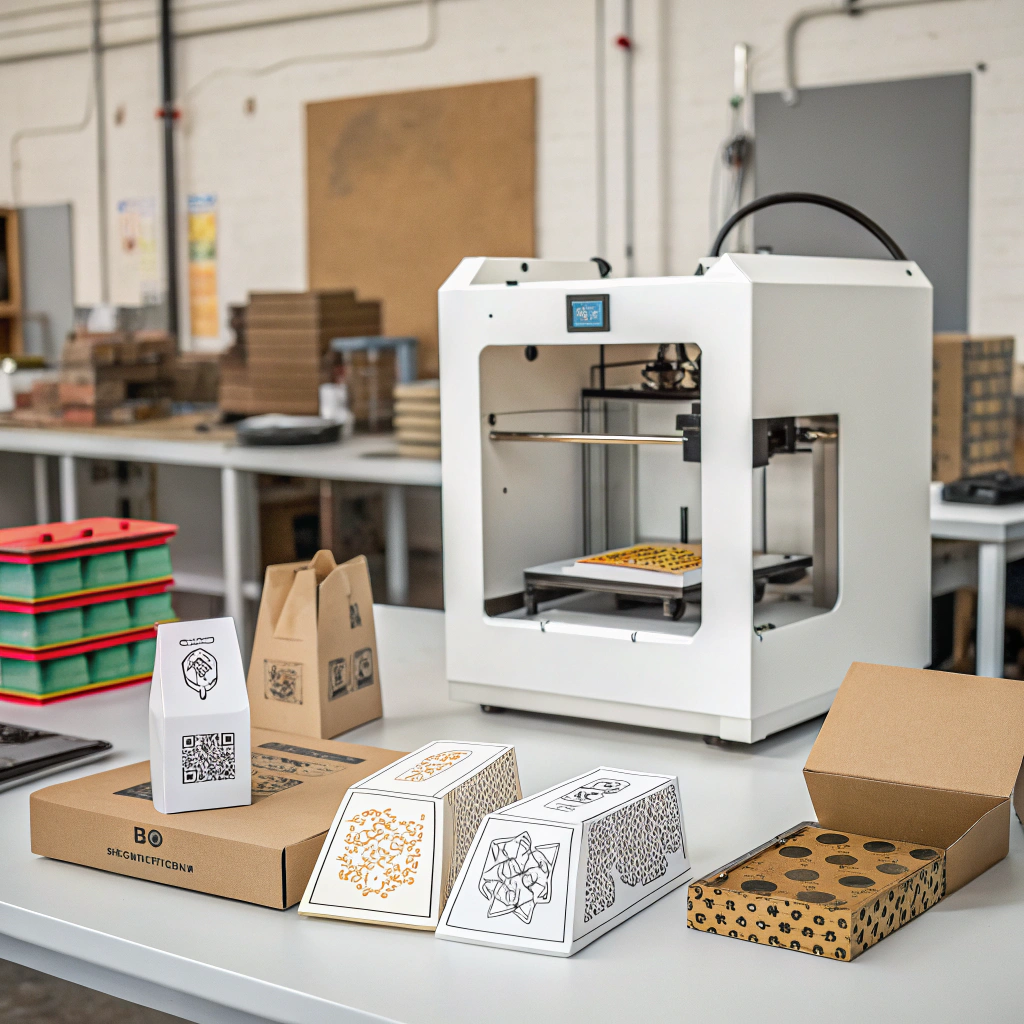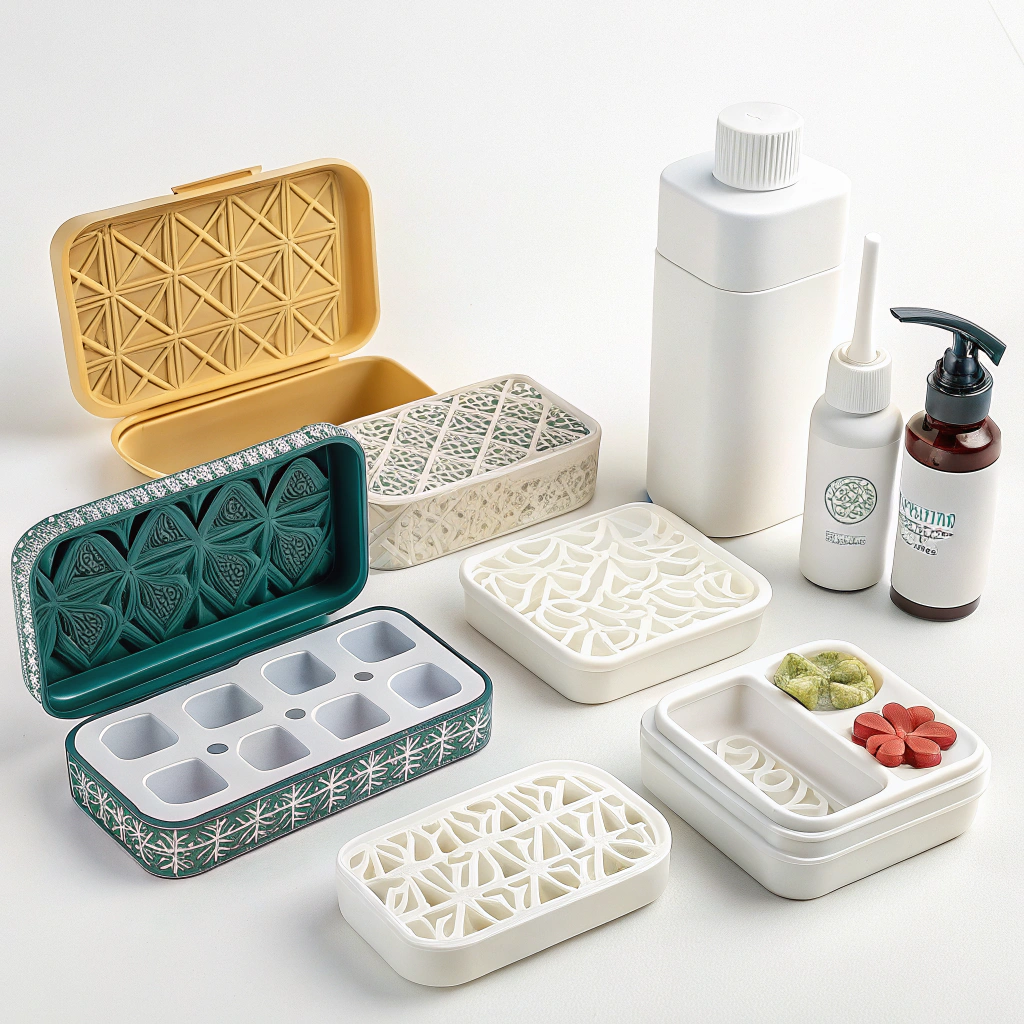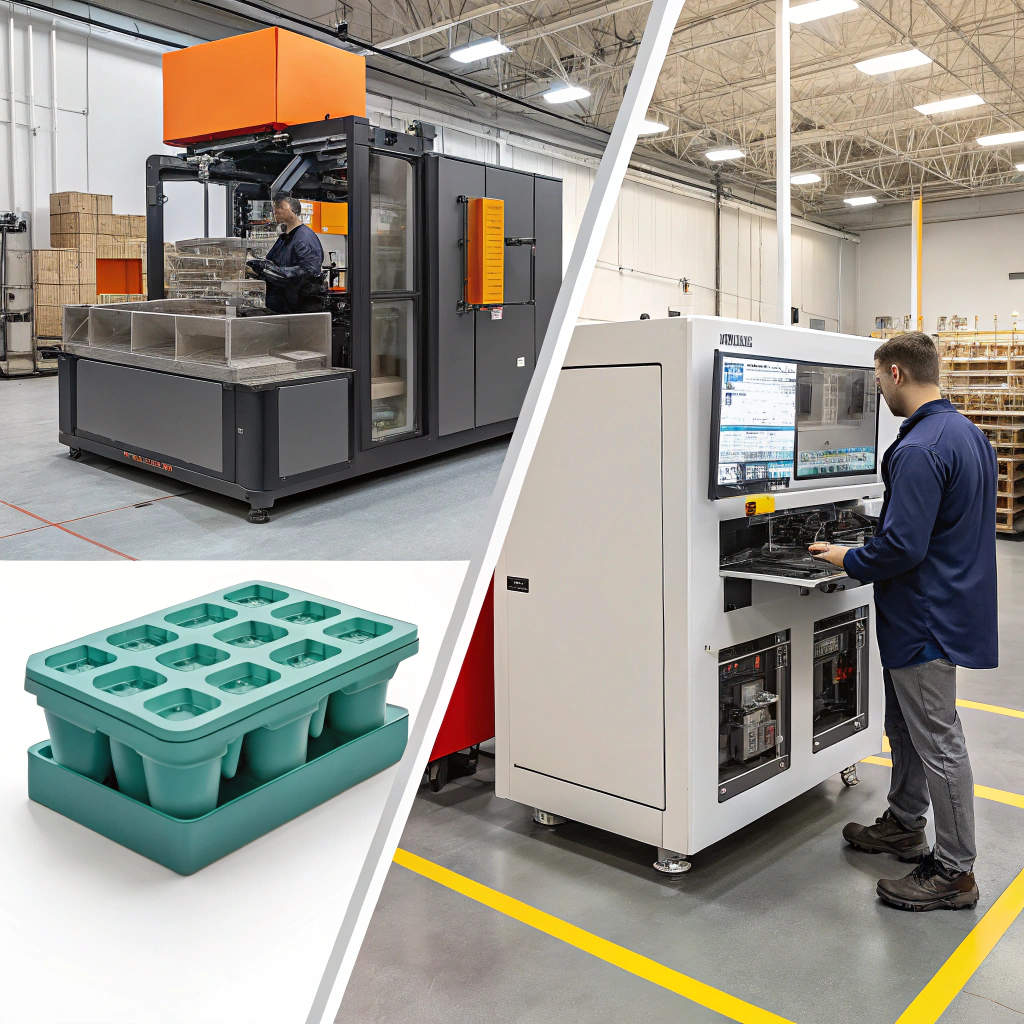3D Printing in Packaging
3D printing technology is transforming the packaging landscape, offering small businesses unprecedented opportunities to create custom packaging solutions without the traditional barriers of high minimum orders and expensive tooling. This revolutionary technology enables businesses to design, prototype, and produce unique packaging that perfectly fits their products and brand identity.
The 3D Printing Advantage for Small Businesses
Traditional packaging manufacturing often requires significant upfront investments in molds, dies, and minimum order quantities that can be prohibitive for small businesses. 3D printing eliminates these barriers by allowing companies to produce custom packaging on-demand, in small quantities, and with complete design flexibility.
Small businesses can now compete with larger corporations by offering unique, personalized packaging experiences that would have been impossible or cost-prohibitive using conventional manufacturing methods. This democratization of custom packaging opens new possibilities for product differentiation and brand expression.

3D printing enables small businesses to create custom packaging prototypes quickly and affordably
Applications and Design Possibilities
3D printing offers virtually unlimited design possibilities for packaging applications. Small businesses can create:
Protective Packaging: Custom-fitted inserts and protective cases that perfectly conform to product shapes, providing superior protection during shipping and handling.
Branded Containers: Unique containers with integrated branding elements, logos, and textures that would be impossible to achieve with traditional manufacturing methods.
Functional Packaging: Packaging with integrated features like dispensing mechanisms, measuring tools, or interactive elements that enhance user experience.
Prototype Development: Rapid prototyping capabilities allow businesses to test multiple design iterations quickly and cost-effectively before committing to final production.
The ability to modify designs instantly and produce small batches makes 3D printing ideal for seasonal packaging, limited editions, and market testing new concepts.

3D printing enables diverse packaging solutions from protective inserts to functional dispensers
Material Options and Sustainability
Modern 3D printing offers a wide range of packaging-suitable materials, including biodegradable plastics, recycled filaments, and bio-based polymers. Popular materials include:
PLA (Polylactic Acid): Biodegradable and compostable, perfect for eco-conscious brands seeking sustainable packaging solutions.
PETG: Durable and food-safe, suitable for containers and protective packaging applications.
TPU (Thermoplastic Polyurethane): Flexible material ideal for shock-absorbing packaging and protective cases.
Recycled Filaments: Made from post-consumer plastic waste, offering sustainability benefits while maintaining performance.
The ability to use sustainable materials and produce packaging locally reduces transportation emissions and supports circular economy principles.
Cost Considerations and ROI
While 3D printing may have higher per-unit costs compared to mass production, the total cost of ownership is often lower for small businesses. Key economic advantages include:
- No tooling or setup costs
- Reduced inventory requirements
- Lower minimum order quantities
- Elimination of waste from overproduction
- Ability to test markets before large investments
For small businesses producing limited quantities or offering customized products, 3D printing often provides better return on investment than traditional manufacturing methods.

3D printing eliminates expensive tooling and setup costs associated with traditional packaging manufacturing
Getting Started with 3D Printing Packaging
Small businesses interested in 3D printing packaging should start with simple prototypes and gradually expand their capabilities. Key steps include:
- Design Software: Learn basic CAD software or use user-friendly design tools specifically for packaging applications
- Material Selection: Choose appropriate materials based on product requirements and brand values
- Printer Selection: Start with affordable desktop printers suitable for packaging applications
- Testing and Iteration: Develop prototypes and test functionality before final production
Many businesses begin by outsourcing 3D printing to service providers while developing internal capabilities.
Future Outlook
As 3D printing technology continues to advance, costs are decreasing while print quality and speed improve. New materials and printing techniques are expanding possibilities for packaging applications. The integration of multi-material printing and advanced finishing techniques will further enhance the appeal of 3D printed packaging.
Conclusion
3D printing represents a game-changing opportunity for small businesses to create custom packaging solutions that were previously accessible only to large corporations. By eliminating traditional barriers and enabling on-demand production, this technology empowers small businesses to compete effectively while expressing their unique brand identity through innovative packaging design.
At Imperial Paper, we help businesses of all sizes design packaging that protects, performs, and delights. From sturdy shipping boxes to branded unboxing experiences, we’ve got you covered.
📞 Talk to our team or explore our eco-friendly, customizable packaging solutions today.
Need smaller quantities or more personalized packaging options? Visit our partner site BestBoxStore.com—perfect for boutique brands, creative campaigns, and custom low-volume orders.
